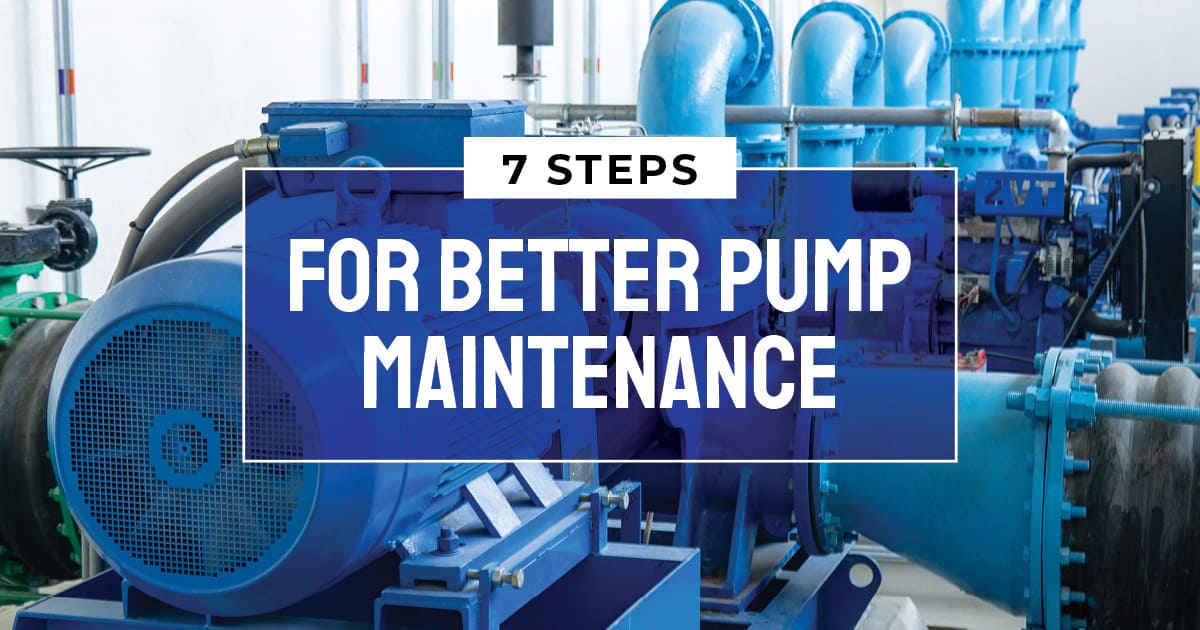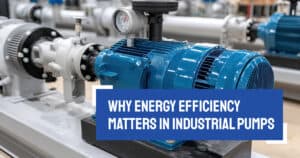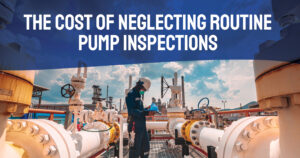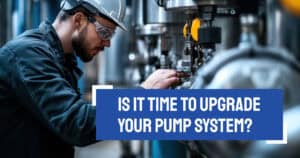Proper pump maintenance is crucial. Pump system optimization isn’t feasible if you don’t take care of your equipment. Preventative pump maintenance improves overall system performance and reliability. It enables your equipment to last longer. You can increase energy efficiency and minimize equipment damage while taking preventative steps to avoid costly breakdowns and major pump repairs.
Here are key steps you should take to optimize your pump maintenance program:
1. Understand Your Maintenance Needs
The first step is to know your equipment inside and out to better understand the maintenance needs each unit requires. Refer to the OEM operating manual for specific guidelines. Older equipment may need more frequent inspections and servicing. Experienced operators know what needs to be done and when to take care of important maintenance needs.
2. Think Proactively
There’s a reason it’s called “preventative maintenance.” The goal is to prevent failures and catastrophic equipment breakdowns that lead to expensive and time-consuming repairs. Operators will stay busy while accomplishing little if they take a reactive approach to pump maintenance and repair. A more proactive approach reduces the risk of equipment failure. Avoid problems before they happen.
3. Create a Pump Maintenance Schedule
A proactive approach to pump maintenance should be centered around a consistent maintenance schedule. Know what needs to be done, who will perform the work, and when it should be completed. Plan everything in advance, and train your operators properly. This way you can stick to your preventative maintenance schedule and remove as much guesswork as possible.
4. Include Routine Inspections
A key part of your pump maintenance plan is to include routine equipment inspections and diagnostic tests. Check shaft alignment. Inspect mechanical seals, bearings, and critical connections. Again, this is a proactive step you should take on a regular basis to catch minor issues before they develop into something much worse. Even the most consistent maintenance schedules can’t account for unexpected problems. Routine inspections provide additional opportunities to identify potential issues within your pump system.
5. Proper Training
Proper staff training is extremely important when it comes to creating a superior pump maintenance plan. Take the time to ensure each person operating the equipment knows what to look for, which steps to take when it comes to regular maintenance procedures, and how to troubleshoot if something unexpected occurs. The more knowledge your operators have about equipment maintenance needs, the better they can perform their jobs and keep the system running optimally.
6. Use Technology to Your Advantage
Predictive pump maintenance is becoming more common as pump technology evolves. You can use advanced sensor systems, monitoring equipment, and real-time AI data analysis software. This technology enables you to monitor and analyze key performance indicators (KPIs) in real-time. Any inconsistencies can be noted, and operators can be alerted immediately—even from remote locations with a cloud-based connection. Predictive maintenance technology and techniques allow you to optimize your equipment performance and dial in the ideal maintenance plan. At the same time, you can catch potential problems long before they happen.
7. Hire a Professional
If you are serious about pump maintenance and not sure if your operators are up to the tasks required, you can turn to a professional pump service provider like DXP Quadna. Let us manage your pump maintenance plan and provide timely, accurate services to optimize your equipment—and keep it optimized for many years to come. We can provide pump inspection, maintenance, training, and repair services. We can also implement the latest predictive maintenance technology.
To learn more about pump management services and system solutions from DXP Quadna, contact us today.





